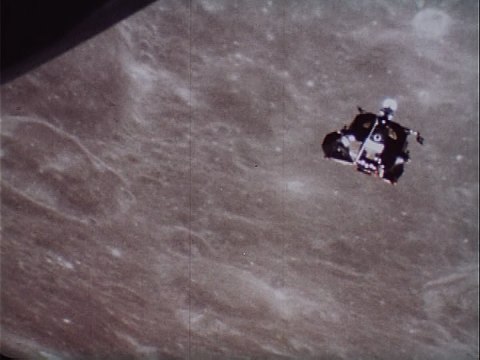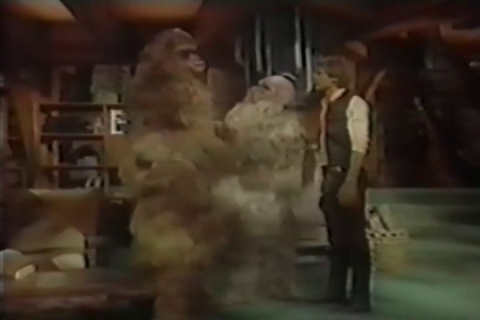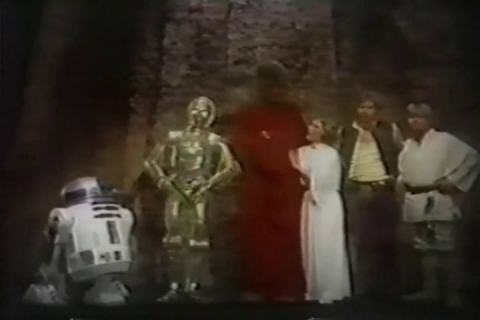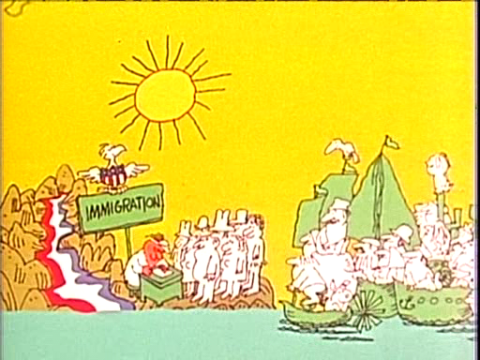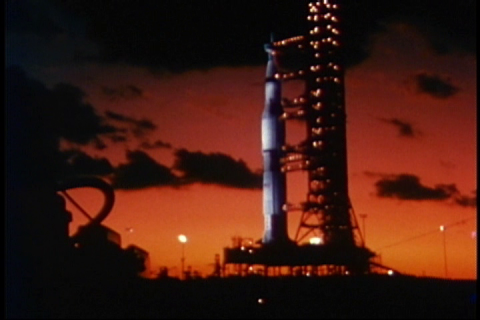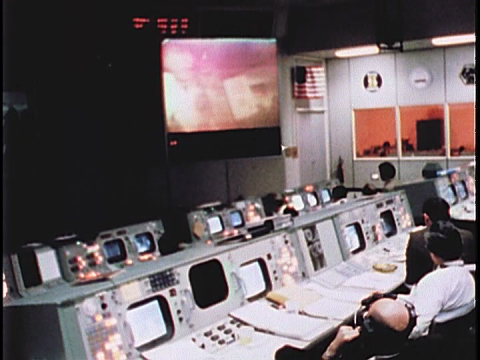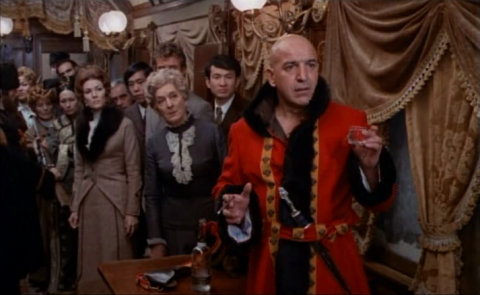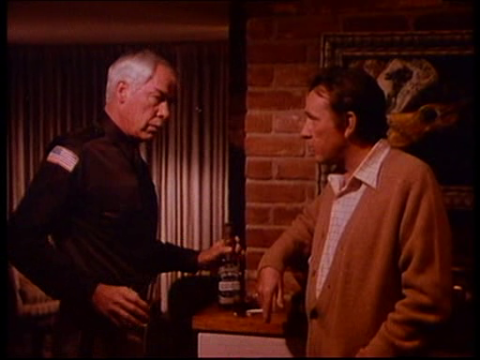If you are interested in any part of U.S. history, then you will probably want to check out the collection FedFlix. It is a huge selection of films produced by the U.S. government, in many different genres. I have previously reviewed a number of them, not least the Why We Fight series.
This week I take a look at a documentary that was made after the Apollo 11 moon landing, Moonwalk One, a slow-moving, almost meditational, film that may have been the first feature-length documentary about the event.
Moonwalk One covers selected aspects of development and preparation before the flight. It also features some interesting historical background to the space race, including clips from the Flash Gordon and Buck Rogers movie serieals. But the focus of the film is, of course, on the mission itself. The lift-off, the landing, and the trip back. In order to explain things, there are some simple, but adequate, pedagogical animations.
The film is, in many ways, similar to The History of Apollo series of short documentaries that I have previously written about. That series covers the entire Apollo program, whereas Moonwalk One goes more in depth about one single mission. Both are good, and which one you choose is a matter of preference.
This film is best enjoyed as a reflection of its time. I was born in the same year that this documentary was released, yet I can almost understand the immense feeling of accomplishment and belief in the future that the moon landing nurtured. It is definitely a good documentary if you happen to be interested in the space race, in particular the scenes depicting the impressive Saturn V lift-off. But it lacks the perspective that a few decades tend to lend to historical events.
Moonwalk One
Download link
Year: 1970
Running time: 1 h 35 min
Director: Theo Kamecke
Image quality: Good
Resolution: Medium (720×540)
Sound quality: Good
Best file format: MPEG2 (4.2 G)

